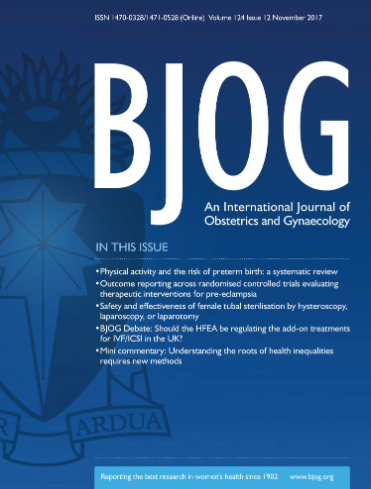The Association Between Menstrual Disorders and Workforce Participation: A Prospective Longitudinal Study
Abstract
Objective
To assess the association between menstrual disorders and workforce participation among Australian women.
Design
Population-based cohort study.
Setting
Secondary analysis of eight surveys collected between 2000 and 2021.
Population
A total of 11 152 Australian women, born between 1973 and 1978.
Methods
Between 2000 and 2021, self-reported longitudinal survey data were collected. At each survey, menstrual disorders and workforce participation were measured. Data were analysed using generalised estimating equations for multinomial responses, with stratification by age.
Main Outcome Measures
Workforce participation.
Results
Women who often experienced premenstrual tension reported lower odds of working part-time compared to full-time work (Adjusted Odds Ratio (AOR) = 0.74; 95% CI: 0.61, 0.90), with this finding strongest among women aged 31 to 40 (AOR = 0.68, 95% CI: 0.59, 0.78). While overall, women who often experienced irregular periods had higher odds of working part-time compared to full-time (AOR = 1.32, 95% CI: 1.08, 1.61), women aged 22 to 30 had lower odds of working part-time (AOR = 0.61, 95% CI: 0.39, 0.97). Women who experienced severe period pain had higher odds of being unemployed compared to working full-time (AOR = 1.18; 95% CI: 1.01, 1.36), with this association strongest in women aged 41 and older (AOR = 1.19, 95% CI: 1.01, 1.40).
Conclusions
There is substantial variation in the association between menstrual disorders and workforce participation, and the role of women's ages in these associations. Increased awareness of and further elucidation of these factors may improve women's engagement in the workforce.


 求助内容:
求助内容: 应助结果提醒方式:
应助结果提醒方式:


